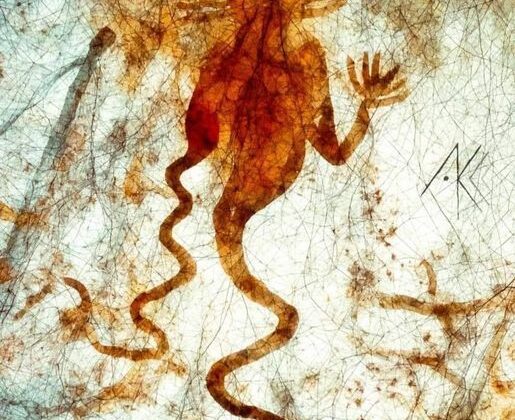In the medieval All Saints Church in Hereford, England, an extraordinary and provocative sculpture has been discovered, hidden for centuries in the church’s roof. Dating back approximately 800 years, the carving depicts a naked man in an explicit, exhibitionist pose, previously concealed in the darkness of the church’s upper spaces.
The sculpture came to light during the church’s transformation in the 1990s, when an additional floor was constructed and bright lighting was installed. This illumination revealed the previously unseen carving, sparking both curiosity and controversy among visitors and church members.
Medieval churches often featured grotesque or obscene carvings, though they were typically located on exterior surfaces or near entrances. This particular sculpture is unusual for its interior location high in the roof, far from traditional explanatory theories about warding off evil spirits.

Some historians speculate the carving might be a carpenter’s subtle revenge for unpaid work, a common frustration during medieval construction. Others suggest it as a playful act of rebellion, quickly completed before church authorities could inspect the work.
The figure has been informally nicknamed “Seamus O’Toole” by locals and has become a point of fascination since its discovery. While plans to create postcards featuring the carving were initially considered, the congregation ultimately rejected the idea as potentially inappropriate.










